paiting kitchen cabinet, brush or roller?
janesylvia
10 years ago
Featured Answer
Sort by:Oldest
Comments (16)
greenhaven
10 years agocanuckplayer
10 years agoRelated Professionals
Kalamazoo Kitchen & Bathroom Designers · Saint Peters Kitchen & Bathroom Designers · Minnetonka Mills Kitchen & Bathroom Remodelers · Buffalo Grove Kitchen & Bathroom Remodelers · Creve Coeur Kitchen & Bathroom Remodelers · Islip Kitchen & Bathroom Remodelers · Morgan Hill Kitchen & Bathroom Remodelers · Palos Verdes Estates Cabinets & Cabinetry · Riverbank Cabinets & Cabinetry · Warr Acres Cabinets & Cabinetry · University Park Cabinets & Cabinetry · Baldwin Tile and Stone Contractors · Rancho Mirage Tile and Stone Contractors · Aspen Hill Design-Build Firms · Boise Design-Build FirmsKristenSGC
10 years agokirkhall
10 years agocanuckplayer
10 years agoKristenSGC
10 years agol west
10 years agoolympia776
10 years agoErrant_gw
10 years agojanesylvia
10 years agoEvan
10 years agokwilson50
10 years agoolympia776
10 years agohappy_grrl
10 years agocanuckplayer
10 years ago
Related Stories
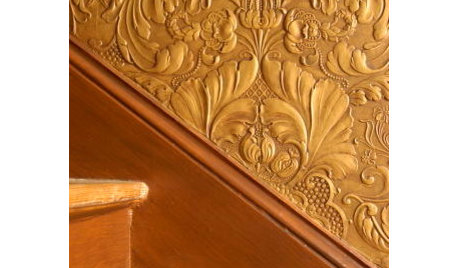
DECORATING GUIDESBrush Up on Paintable Wallpaper for a Posh Look
Customize your wall treatments the affordable way, with richly textured wallpaper painted any color you like
Full Story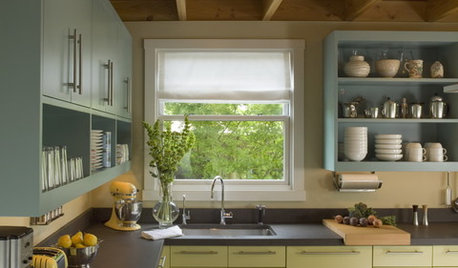
MOST POPULAR8 Great Kitchen Cabinet Color Palettes
Make your kitchen uniquely yours with painted cabinetry. Here's how (and what) to paint them
Full Story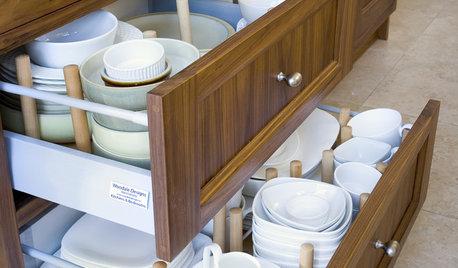
UNIVERSAL DESIGNKitchen Cabinet Fittings With Universal Design in Mind
These ingenious cabinet accessories have a lot on their plate, making accessing dishes, food items and cooking tools easier for all
Full Story
MOST POPULARFrom the Pros: How to Paint Kitchen Cabinets
Want a major new look for your kitchen or bathroom cabinets on a DIY budget? Don't pick up a paintbrush until you read this
Full Story
KITCHEN CABINETSKitchen Cabinet Color: Should You Paint or Stain?
Learn about durability, looks, cost and more for wooden cabinet finishes to make the right choice for your kitchen
Full Story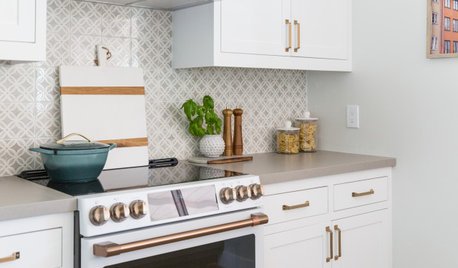
KITCHEN CABINETS9 Ways to Get Low-Maintenance Kitchen Cabinets
Save valuable elbow grease and time with these ideas for easy-to-maintain cabinets
Full Story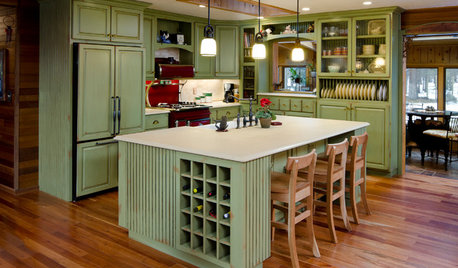
MOST POPULARHow to Reface Your Old Kitchen Cabinets
Find out what’s involved in updating your cabinets by refinishing or replacing doors and drawers
Full Story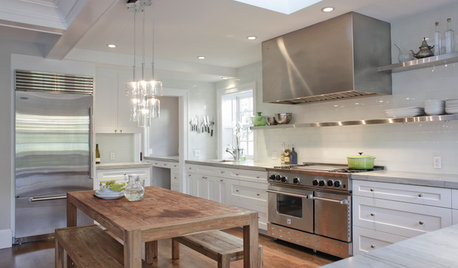
KITCHEN DESIGNCooking With Color: When to Use White in the Kitchen
Make sure your snowy walls, cabinets and counters don't feel cold while you're riding white's popularity peak
Full Story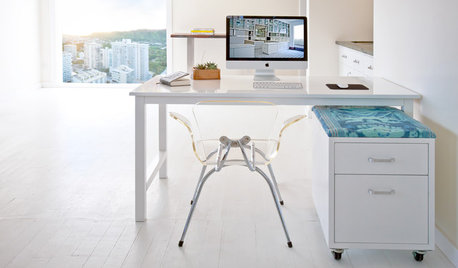
HOME OFFICESYou Can Kick That Ugly Filing Cabinet to the Curb
When you’re ready to break out of the gray metal box, consider these creative options for storing your files
Full Story
KITCHEN DESIGN9 Questions to Ask When Planning a Kitchen Pantry
Avoid blunders and get the storage space and layout you need by asking these questions before you begin
Full StoryMore Discussions






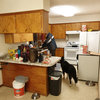

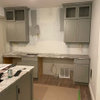
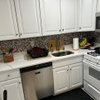
juliekcmo